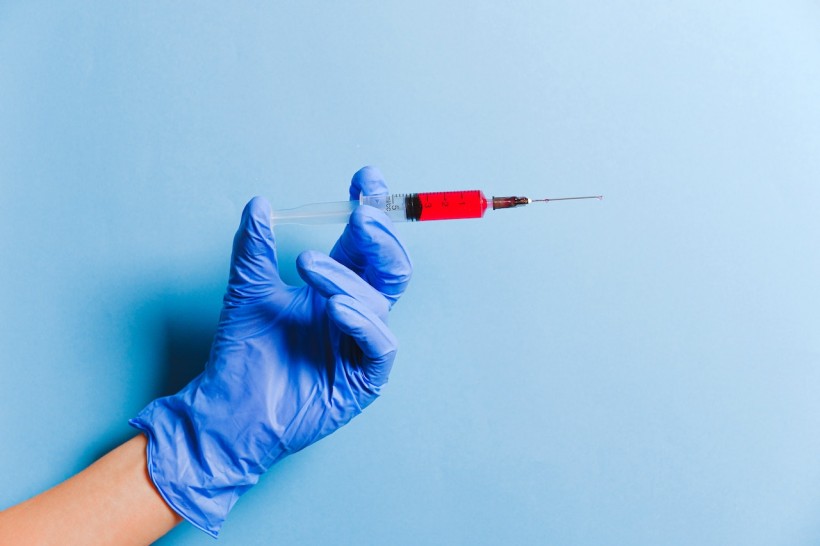Vaccines have been seen to work wonders as they effectively come up with immune cells that can survive for long durations, even up to decades. According to SciTechDaily, such immune cells create a protective barrier that may prevent or reduce the chances of reinfection. It also introduces a memory that enables the body to recognize and remove previous invaders before diseases occur. CDC also notes how vaccines safeguard the body against illnesses by imitating the conditions.
The barrier antibody within the blood is created through long-lived plasma cells. Though their importance has been well-understood, the process and length of production post-vaccination is still a mystery that scientists of the recent study wanted to dive into.

ALSO READ: New Vaccine May Reduce Zombie Cells That Cause Aging-Related Diseases, Prolong Life
Immune Memory Cells Post-Vaccination
The team of researchers revealed how immune memory cells are kept within the bone marrow with a rate of one cell each hour across several weeks post-vaccination. Their findings were included in the Science Immunology journal.
The scientists used a mouse genetic system to see how these cells accumulate gradually. Such a system, called timestamping, allows the researchers to mark the plasma cells within a specific point post-immunization. They then return later on to note survivors and long-lived ones. By repeatedly doing this under post-vaccination conditions, the scientists got to show the accumulation history of such lasting cells and pinpoint the time they came to be and where they moved.
SciTechDaily notes that humans stay immensely immune to the particular illness post-vaccination because the body grants a continuous antibody supply against such illness. This essentially makes sure that the body is updated with such antibodies.
Scientists Pinpoint When Such Immune Cells Got Formed
The study utilized tools to note only the plasma cells that came from the vaccine. Each plasma cell within the mouse model they utilized showed a fluorescent protein known as TdTomato protein. Within such cells, the scientists also identified those that recognize the vaccine. Moreover, through timestamping, they found out when the cells came to be and, resultantly, their age.
According to study author and professor David Tarlinton, looking into respective cells as they come to be, mature, and get kept to protect the body may boost understanding regarding how recruitment of long-lasting plasma cells happens.
Such cell mapping showed that a certain vaccination within a mouse enabled around 40,000 plasma cells to generate within the bone marrow. Such cells then have a decline of around 0.1% each day and a half-point of their life of around 700 days. This gives an estimation regarding the protection duration.
Professor Talinton notes how such plasma cells live, die, and generate can help in modulating their recruitment with various combinations of shots or approaches for delivery. This may enable the scientific and medical community to lengthen immunity longevity.
RELATED ARTICLE: Water Harvester: A New Atmospheric Technology Which Works Around the Clock With No Energy Needed
Check out more news and information on Vaccines in Science Times.


![Earth's Quasi-Moon Kamo‘oalewa Could Originate From Lunar Surface Not Asteroid Belt [Study]](https://1721181113.rsc.cdn77.org/data/thumbs/full/53275/89/56/50/40/earths-quasi-moon-kamo-oalewa-could-originate-from-lunar-surface-not-asteroid-belt-study.png)











